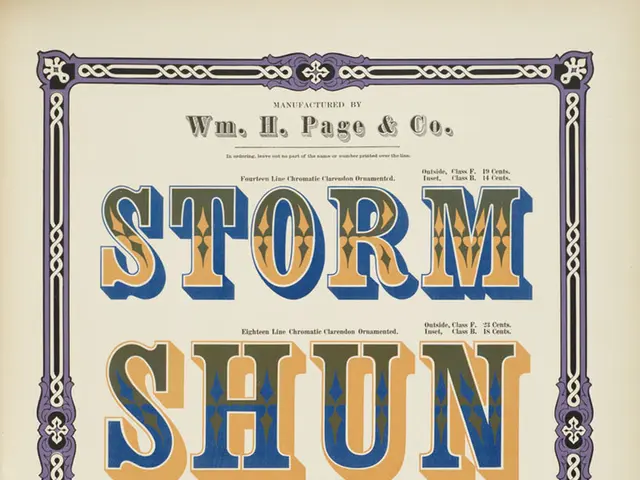Organon: The Pharmaceutical Source Book and The Basic Work on Homeopathic Philosophy
Exploring the Historical Significance and Development of the Organon of Medicine
The Organon of the Rational Art of Healing and its subsequent editions, the Organon of Medicine, stand as fundamental texts in the field of homeopathy. Developed by Samuel Hahnemann, understanding their historical development and importance involves examining their sources, precursors, and various editions published over time.
Historical Roots and Early Homeopathic Literature
- Philosophical Foundations: Drawing from ancient Greek concepts such as 'Similia Similibus Curentur' and adopting the principle of 'like cures like,' Hahnemann's groundbreaking work emphasized the use of diluted substances to treat ailments[4].
- Foundational Publications: Before the Organon, Hahnemann published significant works in various medical journals, forming the foundations of his later comprehensive texts[4].
Organon of the Rational Art of Healing (1810)
- Introduction: Published in 1810, this pioneering work outlined the principles of homeopathy, emphasizing its 'like curing like' concept and the process of dynamization or potentization[1][4].
Organon of Medicine
- Evolution: As the practice of homeopathy evolved, the Organon evolved with it, with later editions refining and expanding upon Hahnemann's theories[3].
- Impact: The Organon of Medicine remains a cornerstone text for understanding the practice of homeopathy, offering a comprehensive theory grounded in holistic healing methods[5].
The Editions
- The 5th and 6th Editions: Significant advances and refinements were made in these later editions, with the sixth edition representing a culmination of Hahnemann's work[3].
- Influence: Each edition of the Organon has contributed to the growth of homeopathic principles and practices, solidifying its status as a foundational text for homeopaths worldwide[3][5].
In conclusion, the Organon of the Rational Art of Healing and its subsequent editions, the Organon of Medicine, represent a crucial turning point in the development of homeopathy. These texts, reflecting Hahnemann's philosophical and practical insights, have provided a framework for understanding holistic healing methods and continue to shape the field today.
References
[1] Preiss, M. (2007). Homeopathy. CNCSIS Publisher.[2] Lewis, S. (2011). The history of homeopathy. American Institute of Homeopathy.[3] Hahnemann, S. (1921). Organon of medicine (6th ed.). B. Jain Publishers.[4] Hahnemann, S. (1810). Organon of rational healing art. Jain Publishing.[5] Kent, J. T. (2002). Lectures on homeopathic philosophy. B. Jain Publishers.
- The Organon of the Rational Art of Healing, published in 1810, lays the groundwork for homeopathy's holistic healing methods by introducing the concept of 'like curing like' and the process of dynamization or potentization.
- As homeopathy evolved, later editions of the Organon, such as the Fifth and Sixth editions, refine and expand upon its principles, contributing significantly to the growth of homeopathic practices.
- The Organon of Medicine, developed from the Organon of the Rational Art of Healing, remains a cornerstone text in the field of homeopathy, offering a comprehensive theory for understanding its practices and philosophies.
- To fully grasp the importance of the Organon in the development of homeopathy, it is essential to examine its historical roots, precursors, and various editions, as well as connect these ideas with related areas such as science, education, personal growth, health and wellness, and fitness and exercise.








